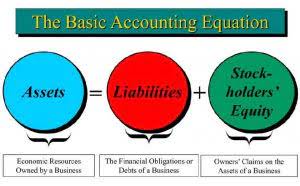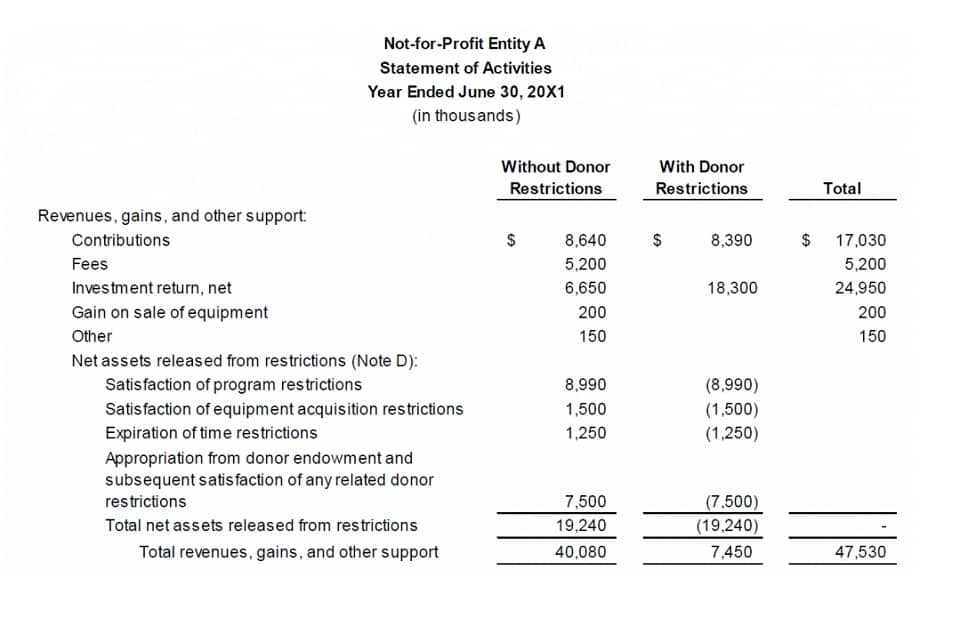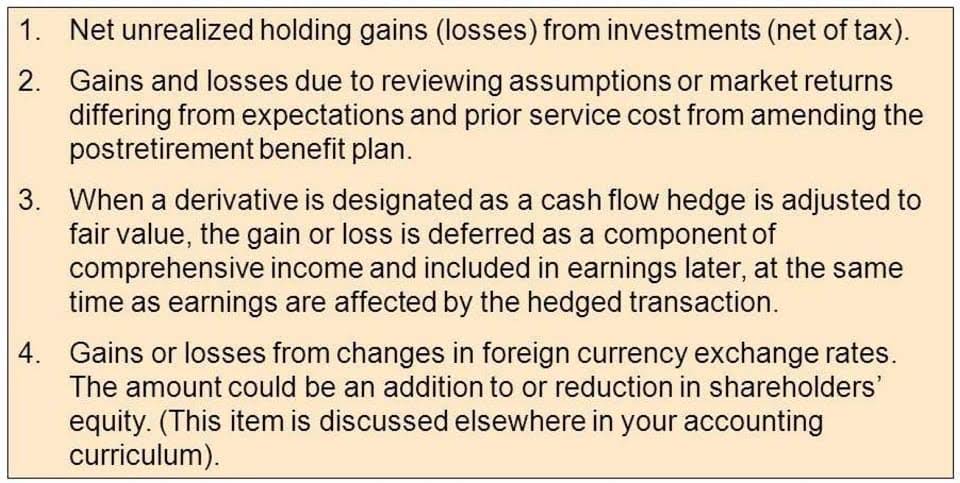
By following the steps outlined in this tutorial, you can accurately compile each section of the income statement, from net sales to net income. This process not only enhances transparency but also provides valuable insights for strategic decision-making. It’s important to note that the accuracy and adequacy of the multi-step income statement directly influence the understanding of a company’s financial performance. A meticulously prepared statement provides stakeholders with a detailed breakdown of the company’s financial activities and aids in assessing its operational efficiency and profitability. The primary difference between single-step and multi-step income statements lies in their complexity and the level of detail they provide.
- A multi step income statement includes subtotals for gross profit, operating expenses, and non-operating expenses.
- This sample multi-step income statement from Accounting Coach shows the layout of a multi-step income statement with the separation between operating and non-operating activities.
- This blog post aims to turn the tables on confusion by breaking down the significance and structure of the multi-step income statement in simple terms.
- You can quickly tell if selling your product or service brings in enough cash before all the other bills come due.
- Although you get more information from the multi-step statement, it is more difficult to interpret than a single-step income statement.
Adjusting Operating Income to Include These Items for Total Income Before Taxes

By adding the operating income and non-operating income, you should be able to compute the company’s bottom line after deducting the income tax expense. A multi-step income statement reports much of the same general information included in a single-step income statement, but it uses multiple equations to determine the net income, or profit, of the company. The single-step income statement offers a straightforward accounting of the financial activity of your business. Multiple-step income statements are used by most publicly-traded companies. This sample multi-step income statement from Accounting Coach shows the layout of a multi-step income statement with the separation between operating and non-operating activities. The header of your multi-step income statement conveys important information to readers.

Step 1: Net Sales
Each example should be accompanied by a brief explanation of the key components and how they relate to the business’s operations. In conclusion, the multi-step income statement is more than just a financial document; it’s a strategic tool that can provide in-depth insights into a company’s financial workings. Its regular preparation and analysis are essential for anyone looking to gain a deeper understanding of financial operations and improve their strategic financial management. Avoiding these common mistakes is crucial for maintaining the reliability and accuracy of a multi-step income statement.
Step 6: Non-Operating Income and Expenses

Companies often engage in payroll services to ensure employee costs are managed effectively within this section. unearned revenue Mastering the multi-step income statement is a significant step towards a deeper understanding of financial performance. Embrace the details, analyze the results, and use the insights gained to drive your business towards greater profitability.
Single-step income statements are easier to prepare and require less calculations. For many small businesses, the single-step income statement provides all the details you’ll need to assess the financial health of your company. A single-step income statement focuses on reporting the net income of the business using a single calculation. A multi-step income statement is more detailed and calculates the gross profit and operating income of the business using multiple calculations and an itemized breakdown. Next, add your total operating expenses to the operating activities section.
Then, it deducts operating expenses, such as payroll and rent, to find income from operations. Non-operating activities, including interest revenue and gains from asset sales, are accounted for next, leading to income before income taxes. Finally, after subtracting income tax expense, net income is calculated, reflecting the company’s overall profitability. The single-step and multi-step income statements serve as fundamental tools in financial reporting, each with distinct structures and levels of detail.
Register your business
- It does not categorize expenses or revenues and presents a straightforward calculation where total revenues are subtracted by total expenses to arrive at net income.
- The choice between these formats significantly impacts financial analysis and decision-making.
- The multi-step income statement provides a structured approach to calculating net income, starting with sales revenue and subtracting the cost of goods sold (COGS) to determine gross profit.
- We will use the same adjusted trial balance information for CBS but will now create a simple income statement.
The intent behind this layout is not solely aesthetic; it enhances readability and allows for nuanced analysis of business operations. To calculate your gross profit, subtract your COGS from your net sales. For example, if your net sales were $1,000,000 and your COGS were $500,000, your gross profit would be $500,000. Shopify Balance is a free financial account that lets you manage your business’s money from Shopify admin. Pay no monthly fees, get multi step income statement payouts up to seven days earlier, and earn cashback on eligible purchases.
- In the bottom section of your income statement, below your operating activities, create a section for your non-operating activities.
- Subsequently, operating expenses are deducted from the gross profit to calculate the operating income, representing the profit generated from the core business operations.
- This allows an analyst to study the company’s gross profit margins and profits from core operations.
- The statement also separates operating expenses into selling and administrative expenses.
- The single-step income statement is a straightforward method of presenting a company’s financial performance over a specific period.
- The calculation of the first section shows the gross profit of business by deducting the cost of goods sold (COGS) from the total sales.
The multi-step income statement includes multiple subtotals within the income statement. This Cash Flow Management for Small Businesses layout makes it easier for readers to aggregate selected types of information within the report, especially in regard to the core operations of a business. In short, this approach makes it easier to understand the financial results of a business. As a small business, you have two options for preparing an income statement — a single-step income statement and a multi-step income statement. Both types of income statements will show the profits, expenses, and revenues of your business for a given reporting period. However, a multi-step income statement offers a more in-depth analysis of your business’s financial performance.































